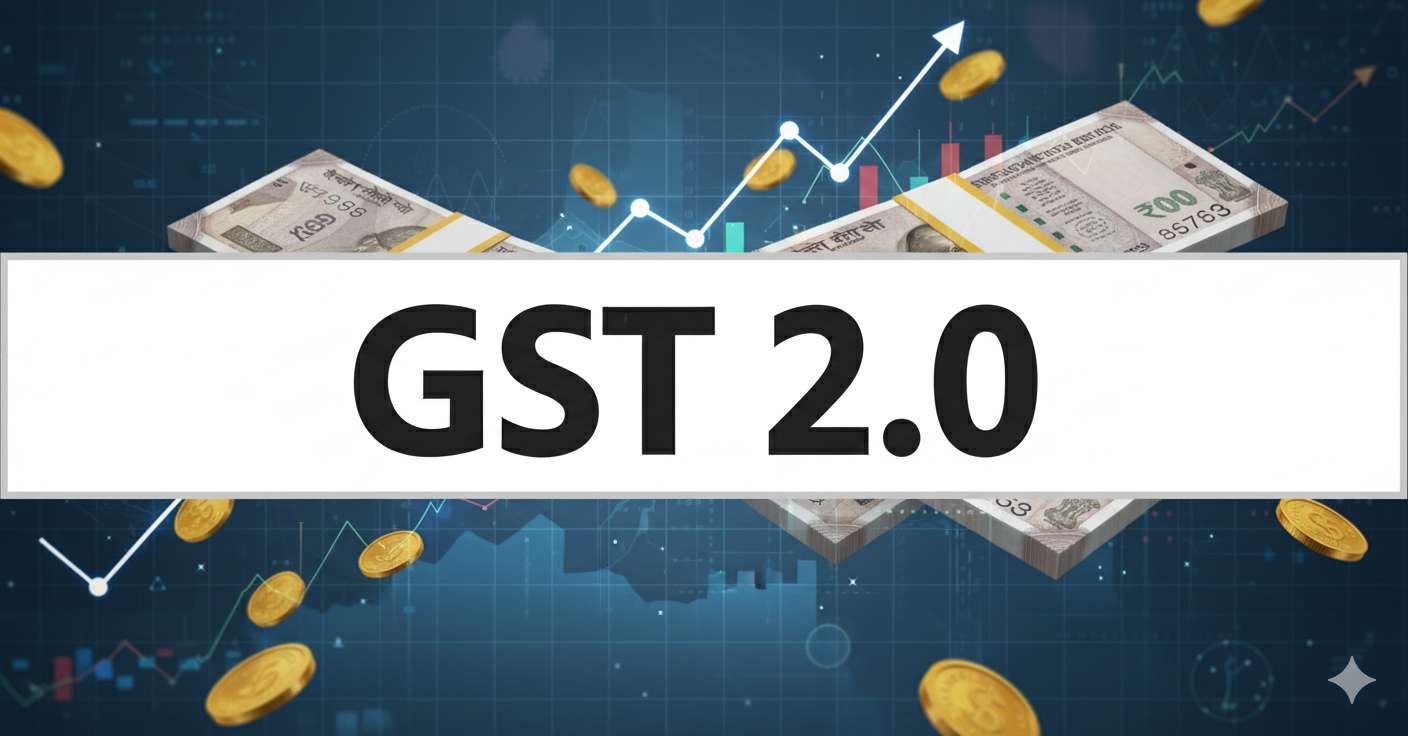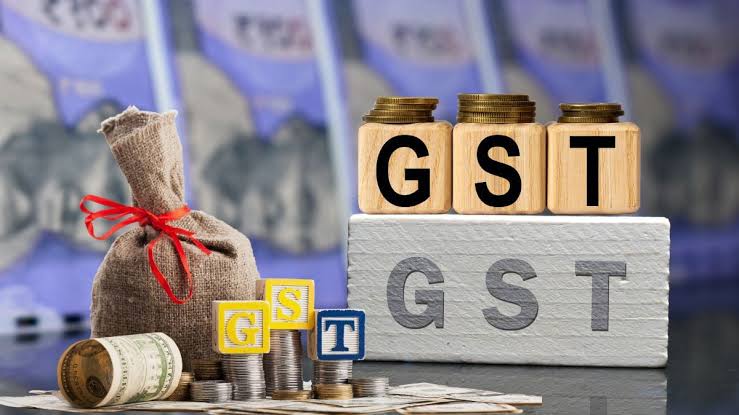
The Great GST Overhaul: How The New Tax Regime Will Change Your Monthly Budget
NEW DELHI – In a landmark decision poised to reshape India’s economy, the GST Council has green-lit a major overhaul of the Goods and Services Tax regime, often dubbed GST 2.0. The new structure, which comes into effect on September 22, 2025, simplifies the previous four-tier system into a streamlined two-rate model, aiming to provide significant relief to the common consumer and stimulate economic activity.
Simplified Tax Structure and Widespread Impact
The most dramatic change is the abolition of the 12% and 28% GST slabs. These have been replaced by a two-rate system: a 5% "merit" rate for essentials and a 18% "standard" rate for most other goods and services. A new, special 40% slab has also been introduced for "sin goods" and luxury items, which is expected to eventually replace the existing compensation cess on these products.
The move is anticipated to make a wide range of goods cheaper, directly benefiting household budgets. Products previously taxed at 12% and 18%—including soaps, shampoos, toothpaste, packaged foods, and everyday household items—will now be taxed at the lower 5% rate. Meanwhile, consumer durables like air conditioners, televisions, and washing machines, which were previously in the 28% slab, have been moved to the 18% category, potentially leading to a drop in their prices ahead of the festive season.
Big Relief for Key Sectors
The reforms extend to several critical sectors, with the government's eye on boosting consumption and improving the ease of living.
Automobiles: The GST on small cars and motorcycles (up to 350cc) has been reduced from 28% to 18%, a move that could invigorate the entry-level vehicle market. Conversely, large cars, SUVs, and luxury vehicles will now fall under the new 40% "sin tax" slab.
Healthcare and Insurance: In a significant move to make healthcare more accessible, the GST on individual life and health insurance policies has been reduced to nil. Furthermore, the tax on 33 life-saving drugs has been moved to a nil rate, with others being reduced to 5%.
Agriculture: The GST on a variety of agricultural machinery and equipment has been slashed from 12% to 5%, which is expected to lower production costs for farmers and support the agriculture sector.
A Bold Move to Boost the Economy
Government officials have hailed the reforms as a strategic initiative to spur consumer demand and economic growth. By making essential goods more affordable, the government hopes to put more money in the hands of consumers, which in turn could lead to a virtuous cycle of increased spending, higher production, and job creation. The simplified tax structure is also expected to reduce compliance burdens for businesses, particularly for MSMEs, and minimize classification disputes.
The new GST regime marks the most significant change to the tax system since its introduction in 2017, aligning with long-standing demands for a rationalized and simplified structure. While some items like tobacco and pan masala will continue to be taxed at the existing rates until the compensation cess loans are repaid, the overall direction is clear: a more consumer-friendly and growth-oriented indirect tax system for India.
The following video discusses key decisions from the recent GST Council meeting.
Key Decisions On Tax Cuts At GST Council Meet | Goods & Service Tax | Finance Ministry
YouTube video views will be stored in your YouTube History, and your data will be stored and used by YouTube according to its Terms of Service

